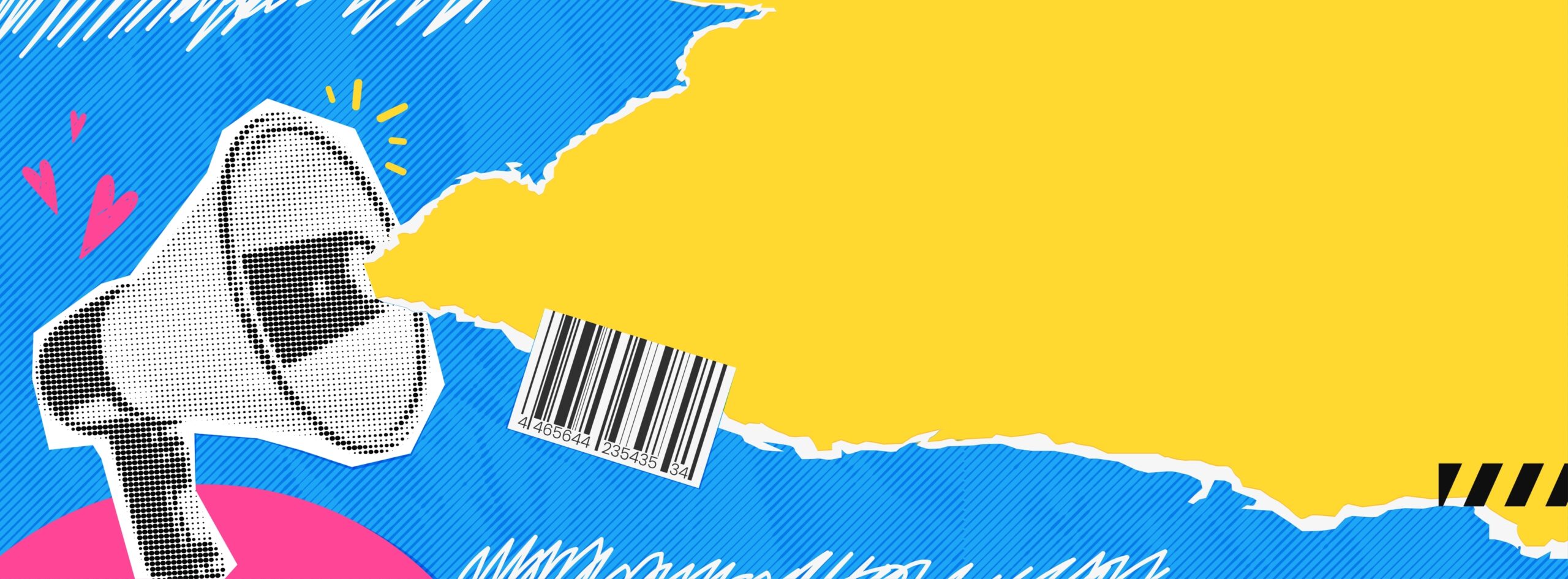GUERRILLA MARKETING is by definition unconventional. Because it relies more on creativity and sweat equity than on a company’s financial investment to give you a big buzz for your buck, it can be a great option for smaller and mid-sized companies that are quick on their feet. One of the most common forms of guerrilla marketing is the street team. These are groups of volunteers or employees who are working together to promote a product, brand or event through face-to-face interaction with consumers in a public place. Before you can succeed with street-team marketing, you have to grab the attention of your consumer, even if you’re at an event or location where there is significant “noise” competing for your customers’ focus. Next, you have to get something into their hands that they won’t immediately discard. Finally, you need to leave a lasting, favorable impression. That’s a lot to ask of a quick on-the-street consumer interaction, which is why the strongest street teams use innovative strategies for engaging the public that go beyond handing out samples and flyers. While promoting a new show called “The Event,” NBC hired five guys to dress like Secret Service agents and stand outside of Comic-Con, the annual comic fan convention. In a sea of over-the-top costumes, five guys dressed in black suits with dark shades standing motionless, side-by-side, attracted a lot of attention. The “agents” held folders clearly marked “Confidential Information.” Instead of approaching consumers, they waited for consumers to come to them. When people inquired about the folders’ contents, the agents responded that it was “highly sensitive” and “dangerous.” Some received an official-looking document detailing the escape of a high-profile inmate, with a few words blacked out — but when the visible keywords from the document were entered into Google, it took consumers to a website about the show. Needless to say, the campaign grabbed consumers’ attention, put something in their hands, and left a favorable impression that encouraged participants to tell others, so NBC’s street team was a solid success. Once you know how you want to approach your consumers, the keys to making street teams work are recruitment, training, organization, goal setting, measurement and compensation. Recruit the right members of your team, who are energetic, extroverted brand loyalists. Train them to successfully execute your street-team campaign by showing them how. Assign new members to shadow veteran members until it’s time to remove the training wheels. Organize your teams with team captains who are responsible for coaching in the field and monitoring performance; then set goals for team members and track their performance. For example, team members could have a different code on the coupons they deliver to consumers, so you know which members of your street team are driving the most sales. Follow through by compensating team members based on their performance. You could reward them with a financial payout, but you could also compensate them with something less traditional, like merchandise, a free product, discounts or VIP status at your store. If you’re looking for an inexpensive way to create buzz about your brand and generate traffic, consider taking your message to the streets.
Recent Posts
Related Posts
 Marketing Strategy
Marketing Strategy
Why Leaders Must Demand Accountability for MROI Projections
Key Takeaways: If your team won’t stand behind the numbers, the strategy is already broken…
Dhruv SinghOctober 8, 2025
 Marketing Strategy
Marketing Strategy
The Beautiful Bias That’s Sabotaging Your Customer Insights
When Passion Turns Against You If you’ve built a company from the ground up, chances…
Dhruv SinghSeptember 24, 2025
 Marketing Strategy
Marketing Strategy
Why a $14:$1 Return Isn’t Always a Win
Stop Being Seduced by Big, Shiny Numbers CEOs love a big return. Who wouldn’t? When…
Dhruv SinghSeptember 22, 2025




